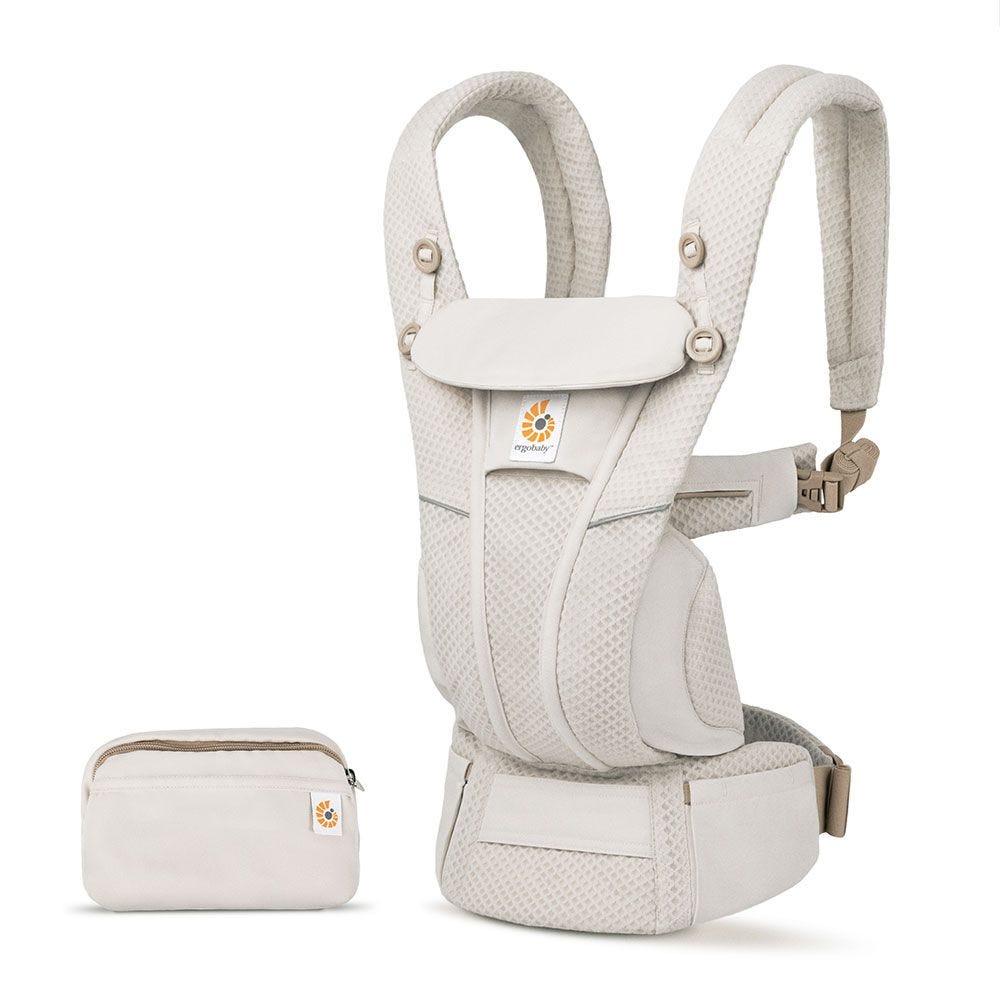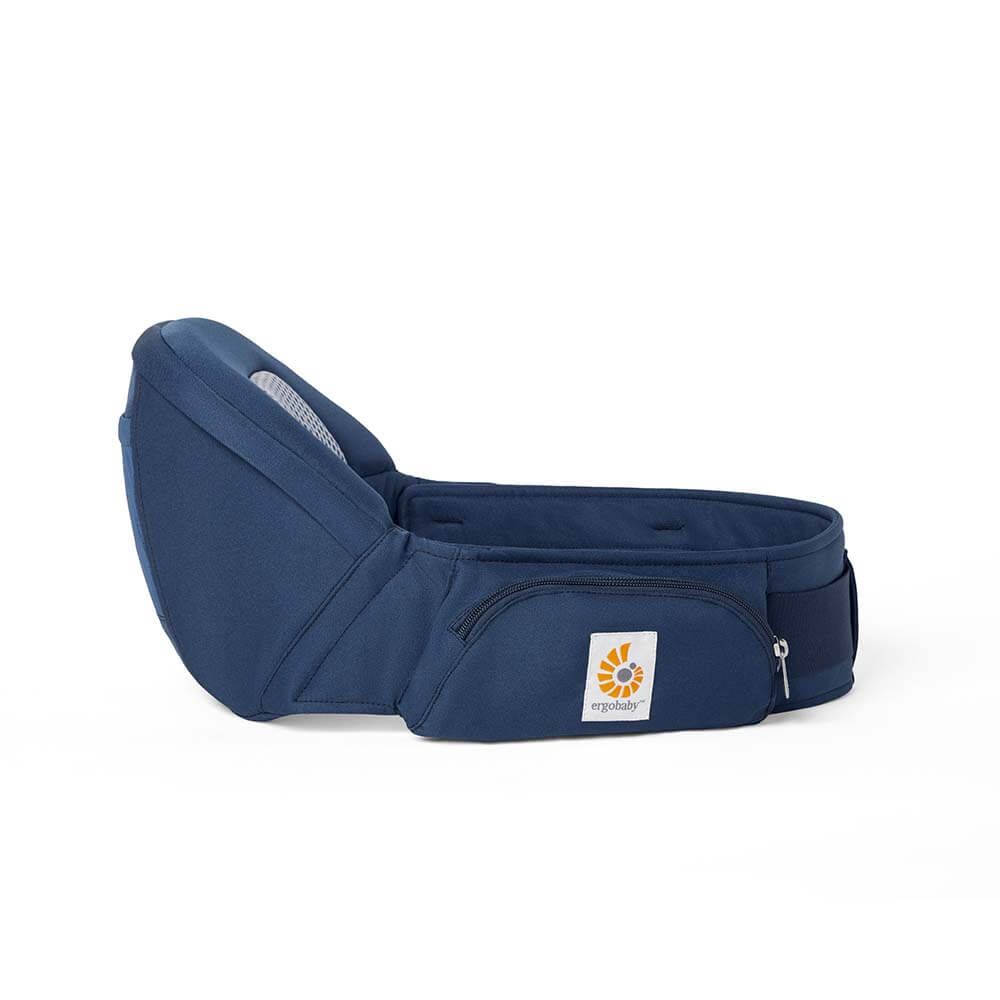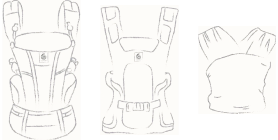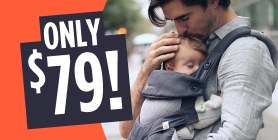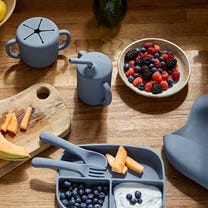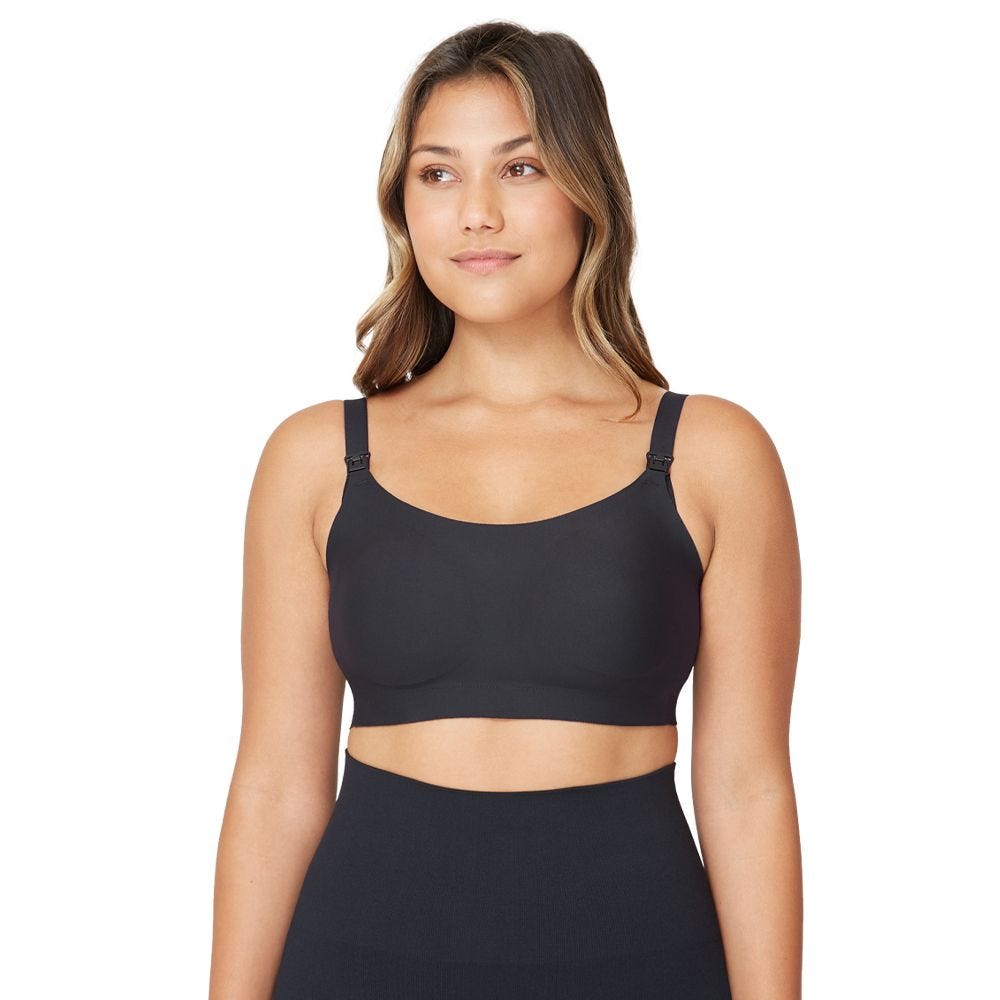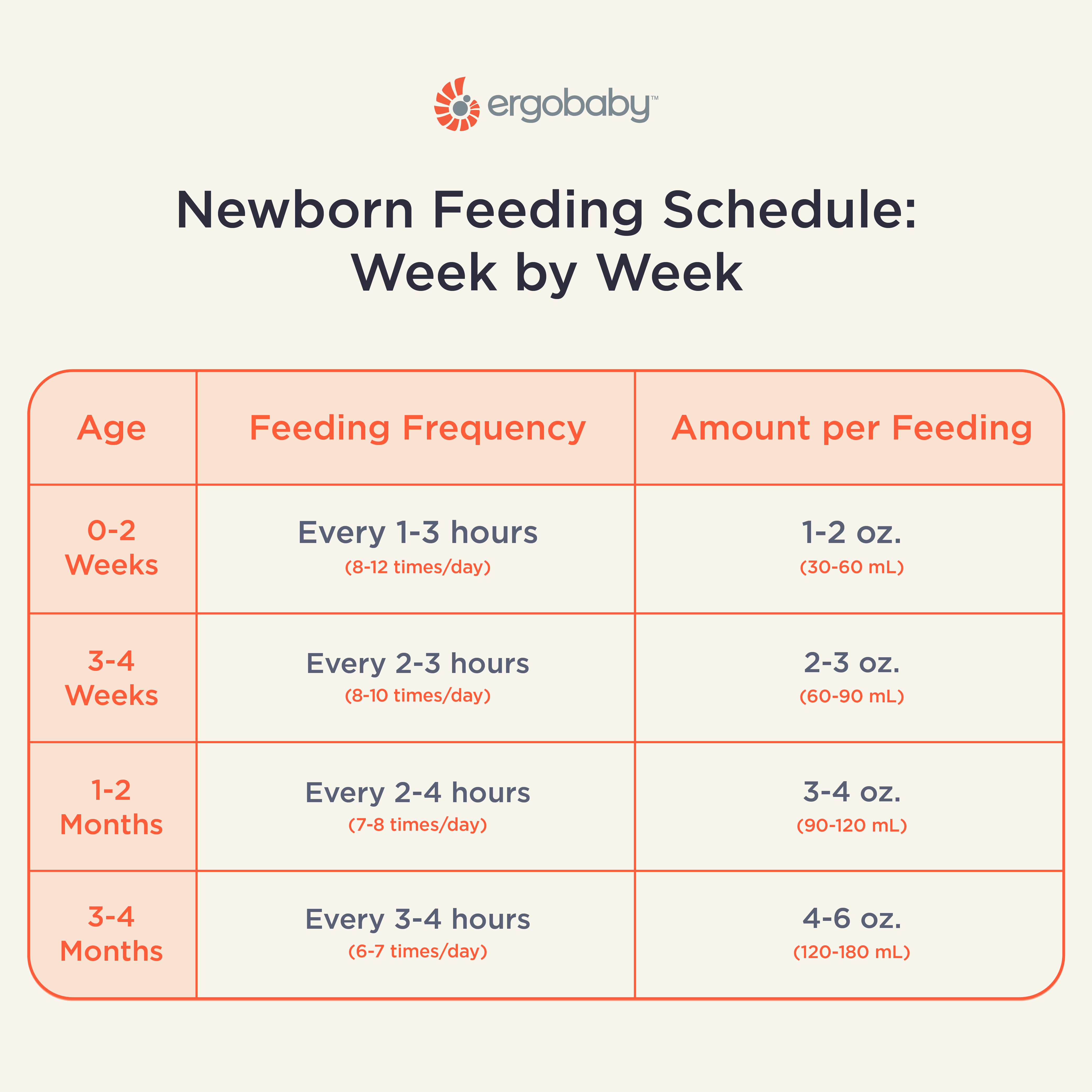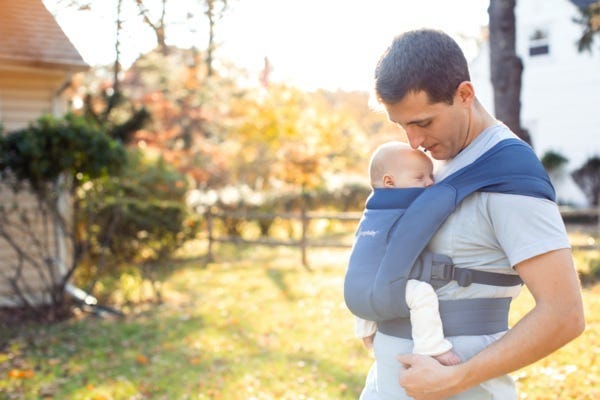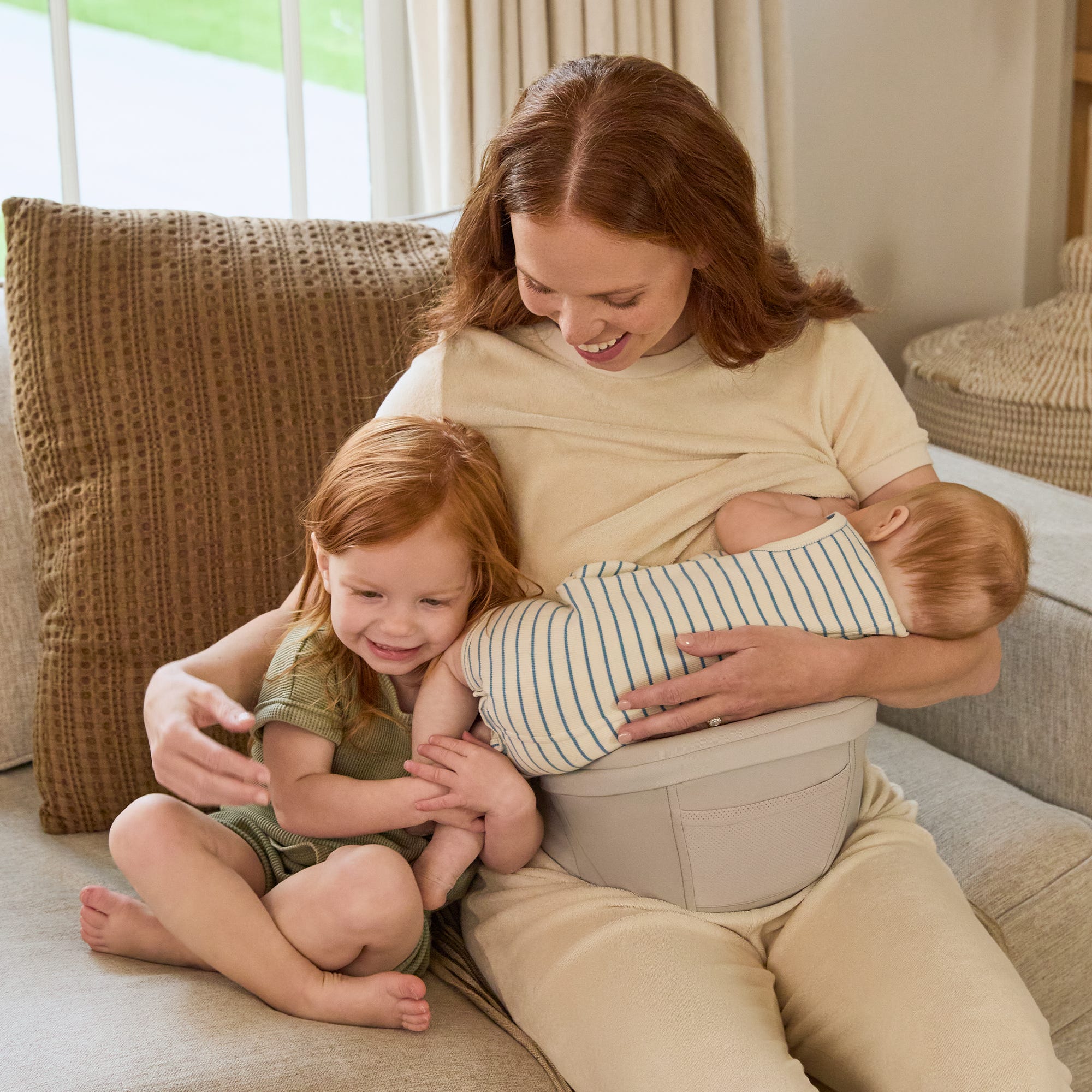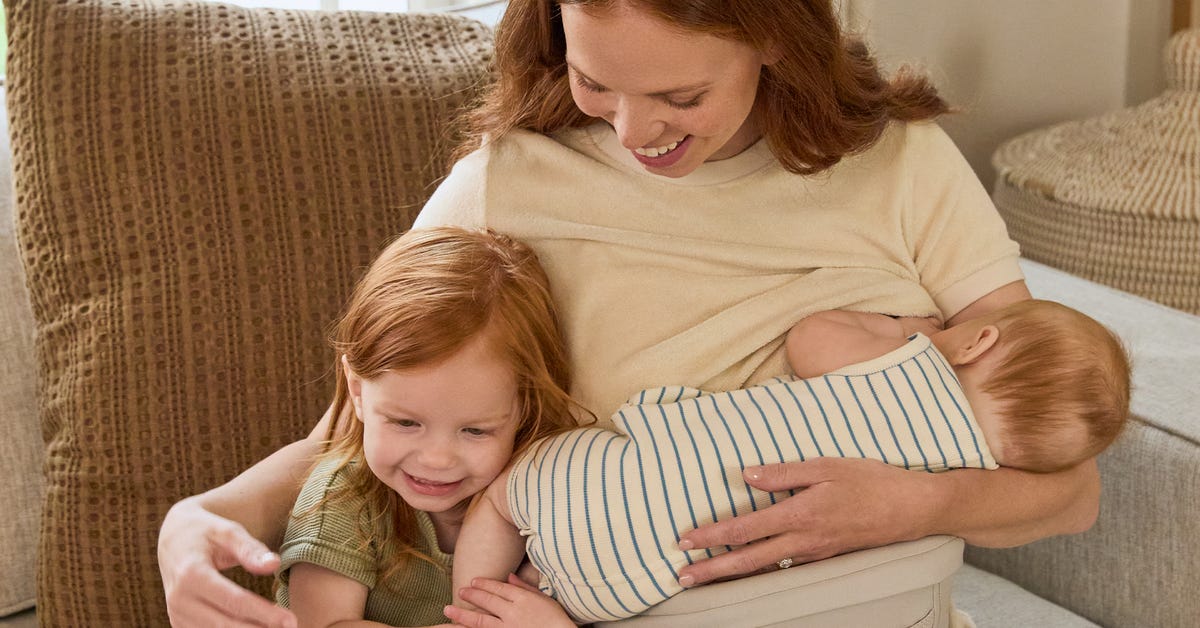
A newborn feeding schedule is one of the first routines parents try to establish, and understanding how your baby’s needs change week by week can make this process smoother. From breastfeeding to bottle-feeding, this guide will help you create a feeding schedule for your newborn that supports their growth and development, while answering common questions and concerns.
Newborn Feeding Schedule By Age
Babies grow rapidly in their first few weeks, and their feeding habits evolve just as quickly. Here’s what you can expect during the early stages of your infant’s feeding journey.
Weeks 1–2: The First Days
In the first days of life, your newborn’s stomach is tiny, about the size of a cherry. They’ll need frequent feedings, usually every 1–3 hours, as they adjust to life outside the womb.
- Breastfeeding: Feed your baby 8–12 times in 24 hours. Each session might last 20–45 minutes, depending on your baby’s latch and hunger.
- Bottle-feeding: Start with 1–2 ounces of formula per feeding and gradually increase as your baby shows signs of hunger.
Babies at this stage might seem constantly hungry. This is normal and helps stimulate milk production if breastfeeding.
All About Baby Carriers for Nature Adventures
Weeks 3–4: Growth Spurts Begin
By the third week, your baby’s appetite will increase, often coinciding with a growth spurt. You may notice cluster feeding, where your baby feeds more frequently over a short period.
- Breastfeeding: Continue feeding on demand, but expect feedings to occur every 2–3 hours.
- Bottle-feeding: Offer 2–3 ounces of formula per feeding, adjusting based on hunger cues.
Weeks 5–8: Establishing a Routine
By the second month, feeding may become more predictable. Babies typically consume more milk at each feeding and space out feedings slightly.
- Breastfeeding: Most babies will feed every 2–4 hours, with some longer stretches at night.
- Bottle-feeding: Babies may drink 3–4 ounces per feeding, about 6–8 times a day.
Looking for more information on breastfeeding? Explore our Ultimate Guide to Breastfeeding.
How to Recognize Hunger Cues
Understanding your baby’s hunger cues is essential for feeding on demand. Here’s how to spot when your little one is ready to eat:
- Rooting: Turning their head and opening their mouth when their cheek is stroked.
- Hand-to-Mouth Movements: Bringing hands to their face or mouth.
- Sucking Sounds or Motions: Smacking lips or mimicking sucking.
- Fussiness or Crying: A late sign of hunger; try to feed before reaching this stage.
Responding promptly to these cues helps build trust and ensures your baby gets the nutrition they need.
General Tips for Breastfeeding a Newborn
- Invest in a Comfortable Nursing Setup: A supportive nursing pillow can help reduce strain on your arms and back during feeding sessions.
- Feed on Demand: Newborns don’t follow strict schedules. Feeding when your baby shows hunger cues promotes healthy growth.
- Stay Hydrated and Nourished: Breastfeeding requires extra calories and fluids, so take care of yourself to support milk production.
- Practice Skin-to-Skin Contact: This promotes bonding and helps regulate your baby’s body temperature and feeding instincts.
- Be Patient with Latch Issues: It’s normal for both you and your baby to need time to master breastfeeding. Seek support from a lactation consultant if needed.
For more advice on transitioning from breastfeeding to bottle-feeding, check out our helpful guide.
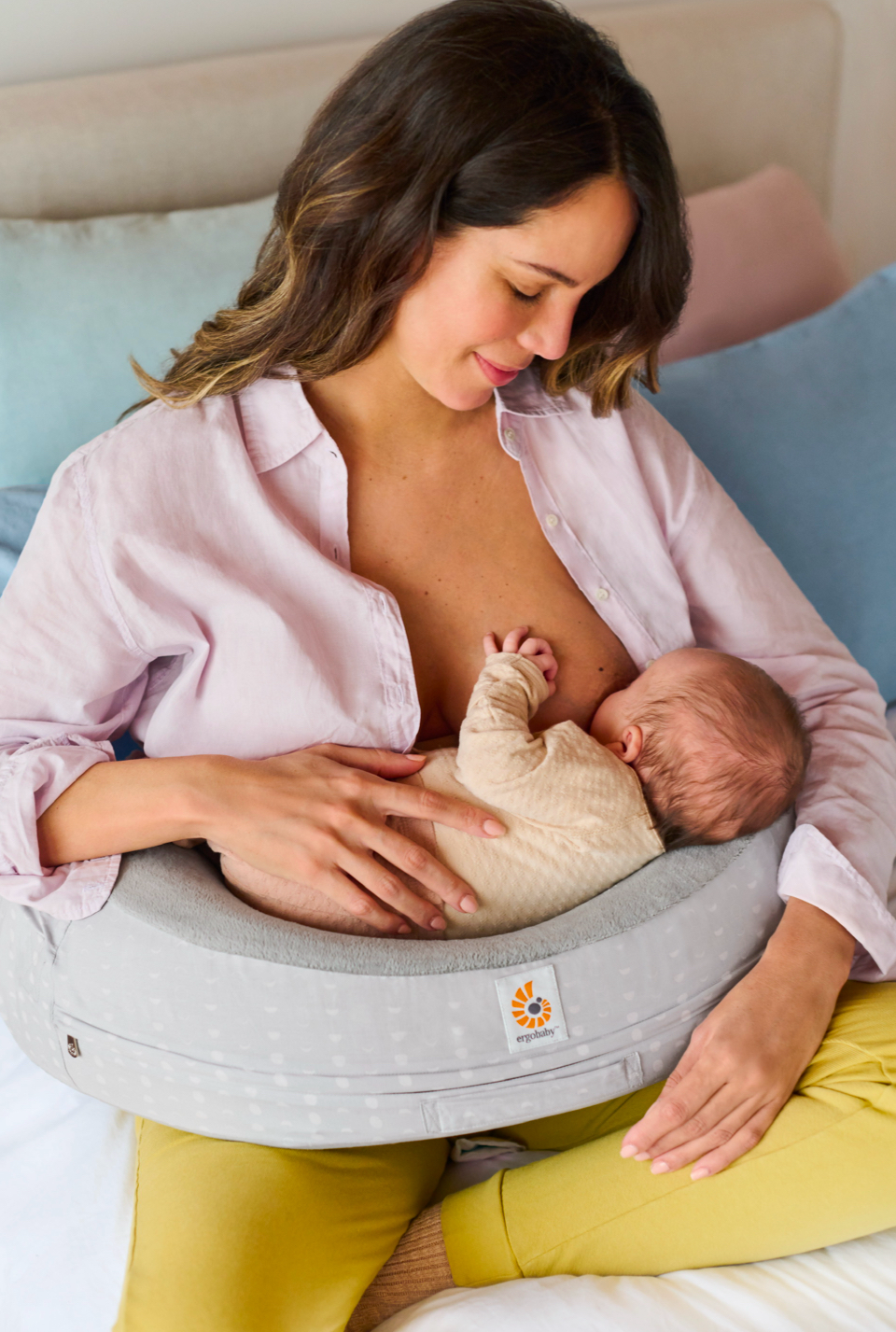

Newborn Feeding FAQs
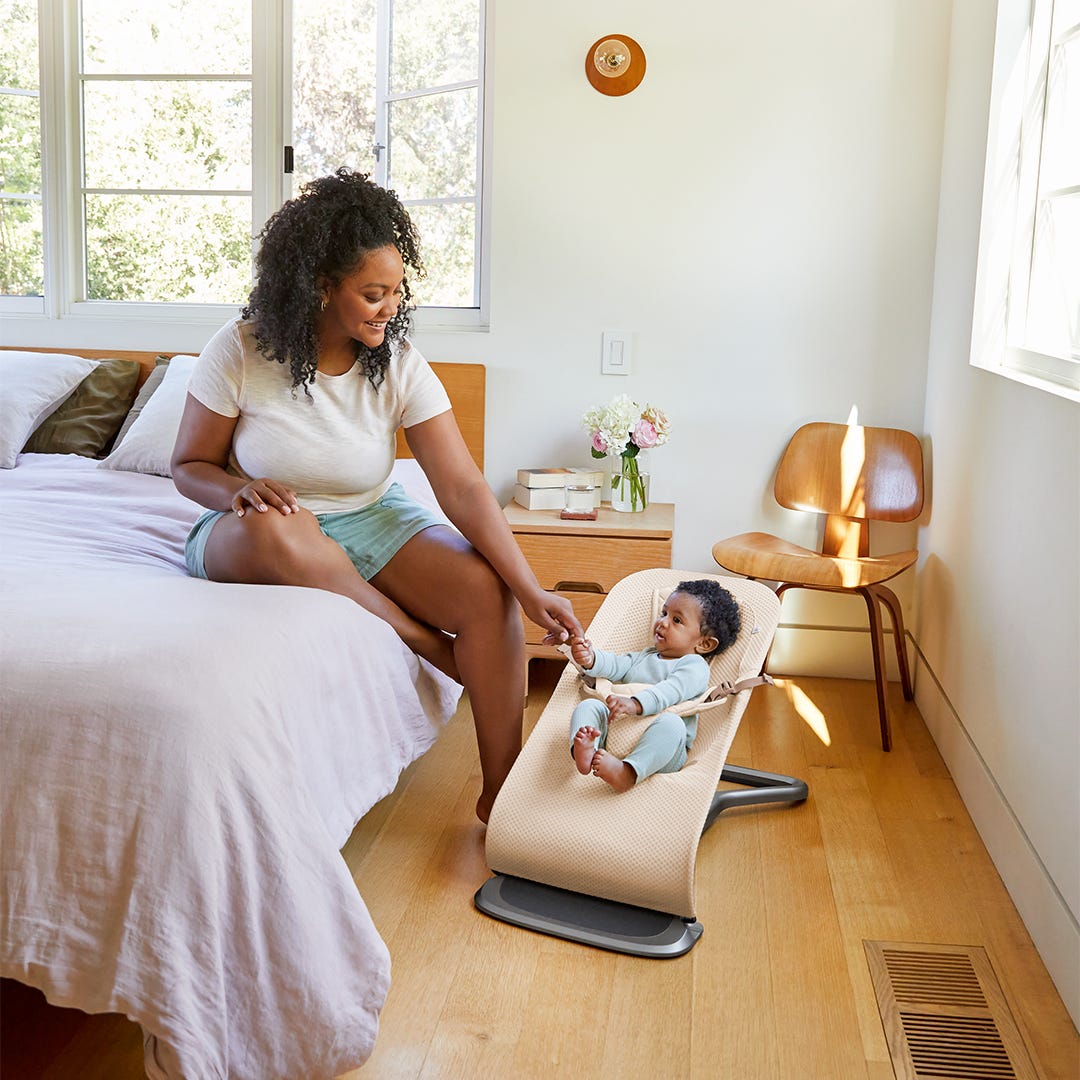

How do I know if my baby has had enough to eat?
After feeding, a satisfied baby will:
- Release the breast or stop sucking on the bottle.
- Appear calm or fall asleep.
- Have regular wet and dirty diapers (6–8 wet diapers daily by week two).
Can I overfeed my baby?
It’s rare to overfeed a breastfed baby, as they self-regulate intake. Bottle-fed babies are more likely to overfeed if encouraged to finish a bottle when they’re full. Look for cues like turning their head away or spitting out the nipple.
How do I know if my baby isn’t getting enough to eat?
Signs of underfeeding include:
- Fewer than 6 wet diapers per day.
- Lethargy or lack of alertness.
- Persistent fussiness after feeding.
If you’re concerned, consult your pediatrician for guidance.
When should I switch to bottle feeding?
There is no right answer to this question. It completely depends on you and your baby. You might be struggling to produce enough milk or you might be going back to work, or you simply might need a break. Here is a guide to understand when to switch to bottle feeding that should help guide your decision.
Establishing a feeding schedule for your newborn takes time and patience, but understanding their cues and needs will help you build a rhythm that works for your family. With these tips, you’ll feel more confident in navigating your baby’s feeding journey, whether breastfeeding or bottle-feeding.
For additional support, explore Ergobaby’s range of nursing pillows designed to make feeding sessions more comfortable for you and your baby.
Combining Baby Carriers and Strollers
For the ultimate flexibility, consider using both a baby carrier and a stroller on your outings.
Combining both options allows you to adapt to different situations. Use the carrier for more rugged trails and switch to the stroller for smoother paths or when your baby needs a nap.
Transition Tips
- Smooth Transitions: Plan stops where you can easily switch from carrier to stroller.
- Pack Light: Only bring essentials to make transitions easier.
Tips for a Successful Adventure
Planning Ahead
- Route Planning: Choose baby-friendly trails and parks. Check local mom groups or outdoor groups and get recommendations for the best outings for kids.
- Check Weather Conditions: Avoid extreme heat or unpredictable weather. Even with our most breathable carriers, when it’s hot, it’s hot. And having two bodies against each other in the heat will be naturally hot and sticky already.
- Packing Checklist: Include diapers, snacks, water, sunscreen, and a first-aid kit. These all-position carriers have storage pockets where you can fit some of the items easily!
- Stay Hydrated and Nourished: Pack healthy snacks to keep energy levels up and bring plenty of water for both you and baby.
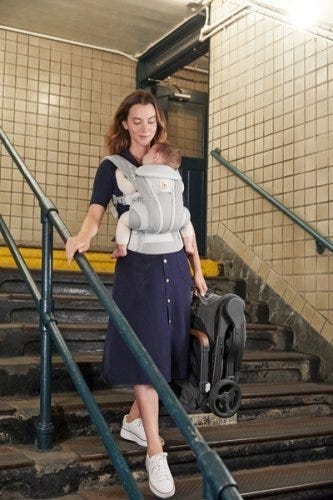

Summer adventures with your baby are a wonderful way to create lasting memories and enjoy the beauty of nature together. From baby carriers to strollers, Ergobaby products are designed to provide comfort and ease for both you and your little one. So, gear up, get outside, and explore the world with your baby by your side.
Ready to embark on your own summer adventures? Check out Ergobaby’s range of baby carriers and strollers to find the perfect match for your family’s needs. Visit our website today and start planning your next outdoor excursion!

